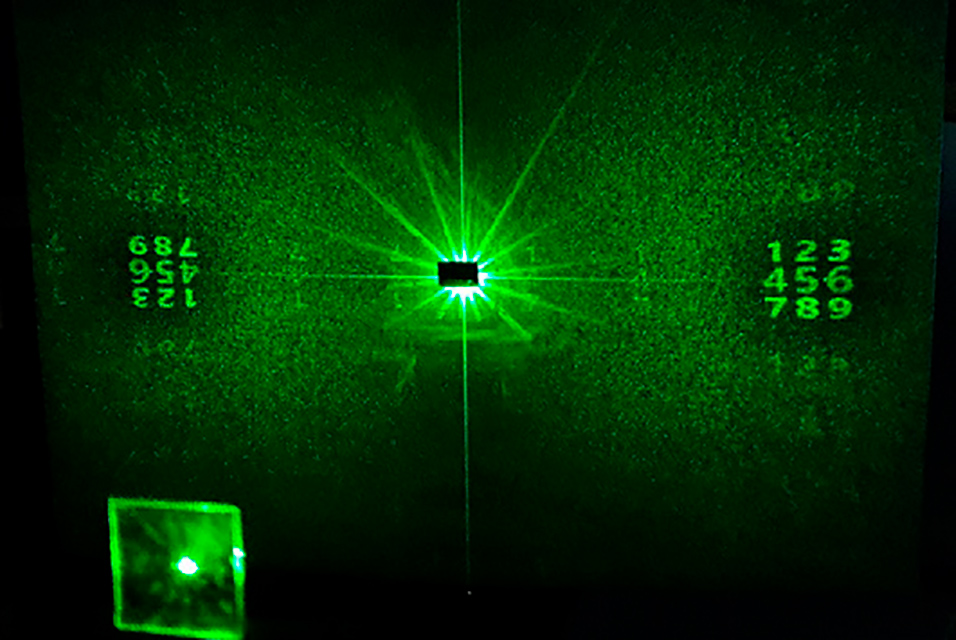POHANG.- An anticounterfeiting smart label and security platform which makes forgery fundamentally impossible has been proposed. The device accomplishes this by controlling a variety of information of light including the color, phase, and polarization in one optical device.
A
POSTECH research team – led by Professor Junsuk Rho of departments of mechanical engineering and chemical engineering, Dr. Inki Kim, and Ph.D. candidates Jaehyuck Jang and Gyeongtae Kim – has developed an encrypted hologram printing platform that works in both natural light and laser light using the metasurface, an ultra-thin optical material with the thickness of one-thousandth of a strand of human hair. The label printed with this technology can produce a holographic color image that retains a specific polarization. The researchers have labeled this a “vectorial hologram.” The findings from this study were recently published in Nature Communications.
The metasurface devices reported so far can only modulate one property of light such as color, phase, or polarization. To overcome this limitation, the researchers have devised a pixelated bifunctional metasurface by grouping multiple metasurfaces.
In the unit structure that is the basis of the metasurface, the research team designed a device that uses its size to control the color, the orientation angles to control the phase, and the relative angle difference and the ratio of the group – that generates the left-handed and right-handed circularly polarized light within the pixelized group – to express all polarizations of light. To freely modulate the various degrees of freedoms of light and to maximize the efficiency at the same time, the metasurface plays the roles of a resonator*1 and an optical waveguide*2 at the same time.
The vectorial hologram label designed in this manner displays QR codes that contain a variety of colors to the naked eye or when scanned with a camera. Simultaneously, under laser illumination, polarization encoded 3D holographic images are rendered. This holographic image has a special polarization state for each part of the image, which sets it apart from previously reported holograms.
The vectorial holographic color printing technology developed in this research is an optical approach to the two-level encrypted one-time password (OTP) security mechanism that generates a password required to access the current banking system that verifies the user. First, when a user scans the QR code of the meta-optical device with a smart phone, the first password composed of random numbers is generated. When this password is applied to the meta-optical device as voltage value, the secondary password is displayed as an encrypted holographic image.
“This vectorial holographic color printing platform is more advanced than the metasurface devices reported so far, and has demonstrated that various degrees of freedoms of light can be modulated with one optical device,” explained Professor Junsuk Rho. “It is a highly perfected optical OTP device which shows promise to be an original optical encryption technology applicable in designing and analyzing meta-atoms.”
The research team has been conducting leading research on metasurface optical devices for the past five years and the device under development this time shows much potential for commercialization in areas of optical sensors, holographic displays, security and anticounterfeiting applications.
This study supported by the grant from the Samsung Research Funding & Incubation Center for Future Technology funded by Samsung Electronics.










